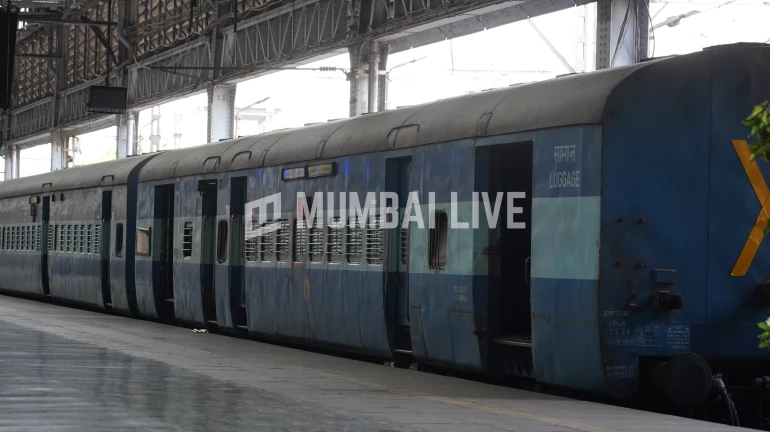
A semi-high-speed rail corridor connecting Mumbai and Ahmedabad has been reported to have reached 95 percent completion. The corridor is being developed under Western Railway’s 92 priority projects, and with a budget allocation of ₹8,095 crore, it stands as the most expensive among initiatives totaling more than ₹9,862 crore.
It has been confirmed that the minimum essential upgrades required for 160 km/h train operations—including enhanced trackwork, installation of metal beam fencing, and optimized ballast cushioning—have been finalized. Key civil engineering milestones have been achieved: more than 120 bridge approaches have been reinforced, 138 aging bridges have undergone rehabilitation, and 134 sharp curvatures have been realigned to facilitate higher speeds. In addition, safety barriers stretching 792 km have been erected to prevent unauthorized intrusions by pedestrians and livestock.
Further enhancements aimed at improving ride quality are currently being implemented. The ballast height is being raised from 300 mm to 350 mm, and steel sleepers, along with foot overbridges, are being fortified. Concurrently, plans have been drawn up to upgrade the traction power supply by introducing a dual 25,000 V overhead system. A sum of approximately ₹60 crore has been provisioned for this electrical augmentation, and space for cable ducts and poles has been reserved alongside the tracks.
An advanced train protection system, known as Kavach, is in the process of being installed. Officials have indicated that, upon completion of this safety feature and the remaining minor works, the corridor will be ready for commercial operations by December of this year.
Once the 160 km/h speed threshold is authorized, travel times between Mumbai and Ahmedabad—which currently last around five-and-a-half hours—are projected to be reduced by approximately 45 to 60 minutes. It has been disclosed that roughly 50 daily express services, including Vande Bharat, Tejas, and Shatabdi trains, will be re-scheduled to utilize the upgraded corridor. New timetables will be published once the full upgrade is achieved.
This corridor forms an integral part of two major long-distance routes: the 1,479 km Delhi–Mumbai line and the 1,525 km Delhi–Howrah line. Nearly half of the 1,379 km Mumbai–Delhi section—from Mumbai Central up to Nagda—is managed by Western Railway, with the balance overseen by West Central and Northern Railways. Meanwhile, an additional ₹1,700 crore has been committed to augment station facilities and maintenance capacities. Under this plan, new terminals are being developed at Jogeshwari and Vasai, extra pit lines are being added at Bandra Terminus and Mumbai Central Terminus, and yard layouts at Andheri are being remodeled. Signal systems on the outskirts of the metropolis are also being upgraded.





